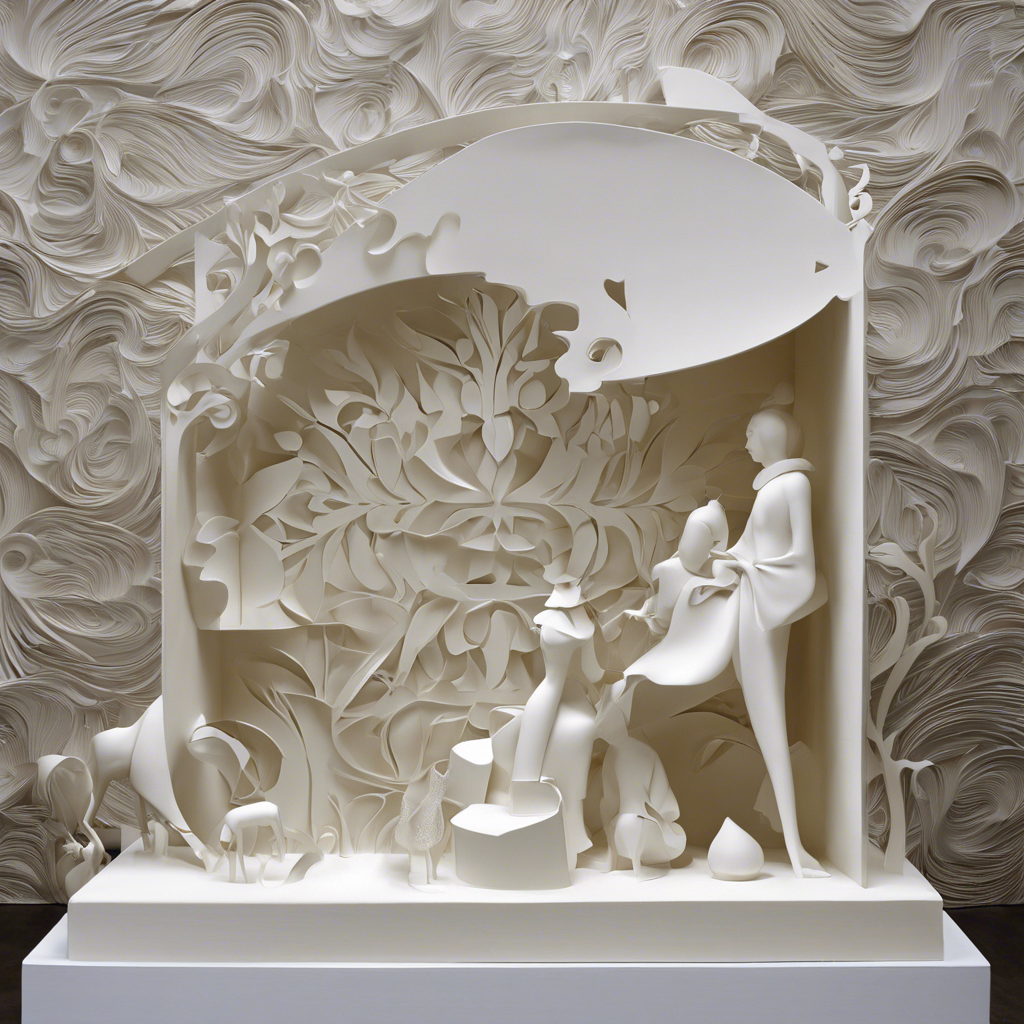The world of art is vast and ever-evolving, with three-dimensional art forms taking the spotlight in recent times. Step into any gallery or art space today, and you’re likely to encounter an intriguing array of sculptures that captivate the imagination and inspire wonder. Three-dimensional art has evolved over centuries, with its roots tracing back to ancient civilizations that crafted sculptures to honor their gods and leaders. Today, this art form has transformed into a dynamic medium, pushing the boundaries of creativity and innovation.
Sculpting, the art of shaping and molding materials into three-dimensional forms, has captivated artists and viewers alike for centuries. It involves the careful manipulation of materials such as clay, stone, metal, glass, or even found objects, to create structures that transcend the flat surface, inviting viewers to explore and discover new dimensions.
One of the defining characteristics of sculpting is its ability to convey powerful narratives and stories through static forms. Sculptors have the challenging yet rewarding task of infusing life and emotion into their creations, often resulting in evocative pieces that resonate with viewers on a deeper level. As each viewer brings their unique perspective and interpretation, every sculpture takes on a myriad of meanings, adding layers of complexity and intrigue to the artist’s initial concept.
The creative process of sculpting is a journey in itself, often beginning with a simple block of material that the artist meticulously shapes and molds, slowly bringing their vision to life. This transformative process is a testament to the artist’s skill, imagination, and patience, as they work to convey emotion, movement, and sometimes even sound through static forms. The final sculpture becomes a silent testament to the artist’s journey and a lasting legacy of their creative expression.
With its ability to transcend time and space, sculpting has played a pivotal role in preserving history and culture. Ancient sculptures offer a glimpse into the past, revealing the customs, beliefs, and aesthetics of bygone eras, while modern sculptures continue to push the boundaries of what art can be, challenging societal norms and sparking dialogue.
Beyond its aesthetic appeal, sculpting offers a tactile and sensory experience that enhances its impact. The ability to touch and sometimes even manipulate a sculpture adds a layer of interactivity, engaging the viewer on a multisensory level. This tactile dimension invites a deeper connection and encourages a more contemplative viewing experience.
In an era where digital art and virtual experiences are gaining prominence, the physical presence of sculpting remains unwavering. There is something inherently compelling about encountering a sculpture in person, walking around it, and discovering hidden details and perspectives that cannot be replicated through a screen. This tangible quality sets sculpting apart, offering a unique and enduring artistic experience.
Furthermore, sculpting often serves as a catalyst for community engagement and social interaction. Public sculptures and installations become gathering places, transforming ordinary spaces into cultural hubs that foster a sense of shared ownership and appreciation for the arts. They become landmarks that define a place, a community, and a collective identity.
In conclusion, sculpting is a powerful art form that transcends the boundaries of two-dimensional expression, offering a tactile and immersive experience to viewers. Through their ability to convey narratives, evoke emotions, and preserve culture, sculptures have become enduring testaments to human creativity and imagination. As three-dimensional art continues to evolve and captivate audiences worldwide, the stories sculpted in stone, metal, and clay will continue to inspire and shape our understanding of art and its impact on society.
[End]

